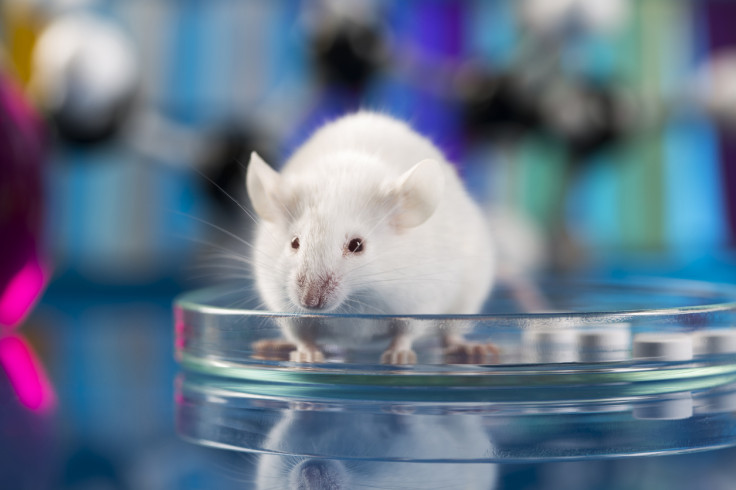Longevity gene transferred from naked mole rats to mice shows possibility for human lifespan extension
University of Rochester scientists successfully transfer genes leading to improved health and extended lifespan in mice, potentially unlocking secrets of ageing and lifespan enhancement in humans.

In a groundbreaking study, researchers at the University of Rochester have achieved a significant milestone in the quest to understand and manipulate the ageing process.
The team, led by Professor Vera Gorbunova and Professor Andrei Seluanov, has successfully transferred a gene associated with longevity from naked mole rats to mice. This groundbreaking achievement has led to improved health and an extension of the mice's lifespan, raising the possibility of similar effects in humans.
Naked mole rats, fascinating creatures known for their remarkably long lifespans and exceptional resistance to age-related diseases, have long been the focus of scientific enquiry. The University of Rochester researchers harnessed the power of a specific gene responsible for enhanced cellular repair and protection found in naked mole rats to unlock the secrets of ageing.
Professor Gorbunova, the Doris Johns Cherry Professor of Biology and Medicine at the University of Rochester, expressed the significance of their work, saying: "Our study provides a proof of principle that unique longevity mechanisms that evolved in long-lived mammalian species can be exported to improve the lifespans of other mammals."
The research, detailed in a study published in the journal Nature, centred around the transfer of a gene responsible for producing high molecular weight hyaluronic acid (HMW-HA) from naked mole rats to mice. This gene transfer resulted in a remarkable enhancement of health and an approximate 4.4 per cent increase in the median lifespan of the mice.
Naked mole rats, small rodents with astonishing lifespans, of up to 41 years, have drawn attention due to their ability to resist a variety of age-related diseases, including neurodegeneration, cardiovascular disease, arthritis and cancer. The research team has spent years unravelling the unique mechanisms that grant these rodents such extraordinary protection against the ravages of ageing.
The team's prior research identified HMW-HA as a pivotal mechanism behind naked mole rats' resistance to cancer. These rodents possess around ten times more HMW-HA in their bodies compared to mice and humans. When the researchers removed HMW-HA from naked mole rat cells, they observed an increased likelihood of tumour formation.
With this knowledge in hand, the scientists aimed to transplant the positive effects of HMW-HA to other animals. By genetically modifying a mouse model to produce the naked mole rat version of the hyaluronan synthase 2 gene – a gene responsible for producing the protein that generates HMW-HA – the researchers found that the mice exhibited enhanced protection against both spontaneous tumours and chemically induced skin cancer.
Furthermore, these mice displayed improved overall health and a longer lifespan compared to their unmodified counterparts.
As these genetically modified mice aged, they showcased reduced inflammation in various parts of their bodies, a hallmark of the ageing process. Notably, their gut health remained more robust, underscoring the potential systemic benefits of this genetic modification.
While the precise mechanisms underpinning the beneficial effects of HMW-HA require further exploration, the researchers believe that its impact on the immune system plays a pivotal role.
The findings of this study hold vast implications for human health and ageing. The prospect of extending the human lifespan and reducing age-related diseases through the manipulation of HMW-HA is tantalising.
"It took us 10 years from the discovery of HMW-HA in the naked mole rat to showing that HMW-HA improves health in mice," Professor Gorbunova noted. "Our next goal is to transfer this benefit to humans."
The team envisions two potential avenues to achieve this goal: one involves slowing down the degradation of HMW-HA, while the other focuses on enhancing its synthesis.
"We already have identified molecules that slow down hyaluronan degradation and are testing them in pre-clinical trials," Professor Seluanov explained. "We hope that our findings will provide the first, but not the last, example of how longevity adaptations from a long-lived species can be adapted to benefit human longevity and health."
This study represents a pivotal step in unravelling the mysteries of ageing and holds promise for a future where human lifespan extension becomes a reality.
While there's much work to be done, the researchers' pioneering efforts underscore the remarkable potential of cross-species gene transfers in reshaping the landscape of human health and longevity.
© Copyright IBTimes 2025. All rights reserved.






















